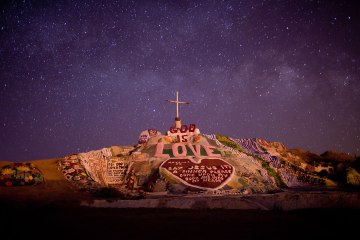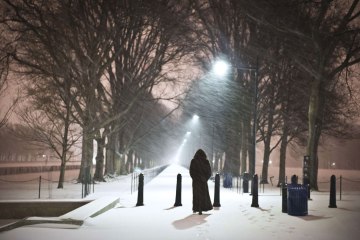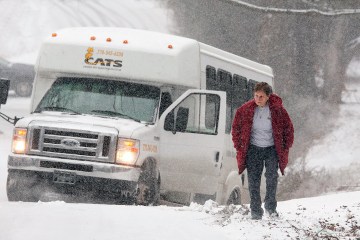Americans have been exercising their “right to keep and bear arms” — pistols, shotguns, rifles and other firearms — since before the Second Amendment was codified in December 1791. And ever since, Americans across the political spectrum have been debating (often politely, sometimes rancorously, always passionately) what exactly the Second Amendment means.
Those who advocate for what has, in recent decades, come to be called “gun control” often cite not only the changed nature of the weapons (assault rifles, high-capacity magazines, etc.) available to both the authorities and to civilians today, but the very language of the Second Amendment itself. “A well regulated militia being necessary to the security of a free state,” reads the first part of the amendment — a phrase seized on by some gun-control advocates as evidence that the Founding Fathers never foresaw or even intended unfettered civilian access to any and all weapons.
(PHOTOS: A History of Violence: Gun Control in the Pages of TIME)
Many gun rights activists, on the other hand, see “right to keep and bear arms” as absolute and inviolate, and any attempts by the federal government to limit that right as not merely overreaching, but the first step on the slippery slope to tyranny.
Today, in the aftermath of the Sandy Hook massacre, the national debate on gun control shows no signs of cooling. In fact, if anything, that debate is more central to the long, fraught dialog about the limits of liberty in a pluralistic society than it’s ever been. And by all accounts, advocates of gun rights have grown, if anything, even more adamant in their determination not only to keep their arms — all their arms — but to train the next generation to fight for that same right, as they interpret it.
Here, TIME opens a window on one small corner of the gun debate, through a series of pictures by Brian Blanco. A Tampa-based photojournalist, Blanco recently spent time with a group of Florida survivalists who not only passionately support the ” absolute and inviolate” interpretation of the Second Amendment, but train children and adults alike in weapons-handling and wilderness survival skills — with an eye toward a possible coming civil war. Led by a retired police officer named Jim Foster, the North Florida Survival Group states on its website that it aims to teach “patriots to survive in order to protect and defend our Constitution against all enemy threats” — while member comments on the site’s forums make it clear that most NFSG members believe the greatest threat to the U.S. Constitution is not coming from beyond America’s shores, but from within.
(PHOTOS: Gun Nation Revisited: Zed Nelson’s Photographs of American Gun Culture)
“Our support for the Second Amendment always gets attention,” Foster, 57, told TIME.com, “but we’re really Constitutionalists. The federal government probably doesn’t like what we’re doing — but we don’t like what they’re doing either.”






